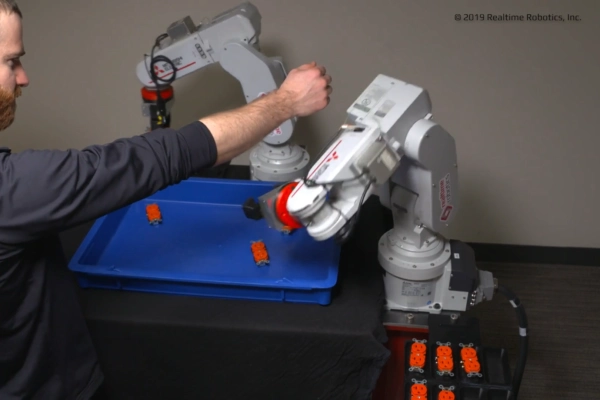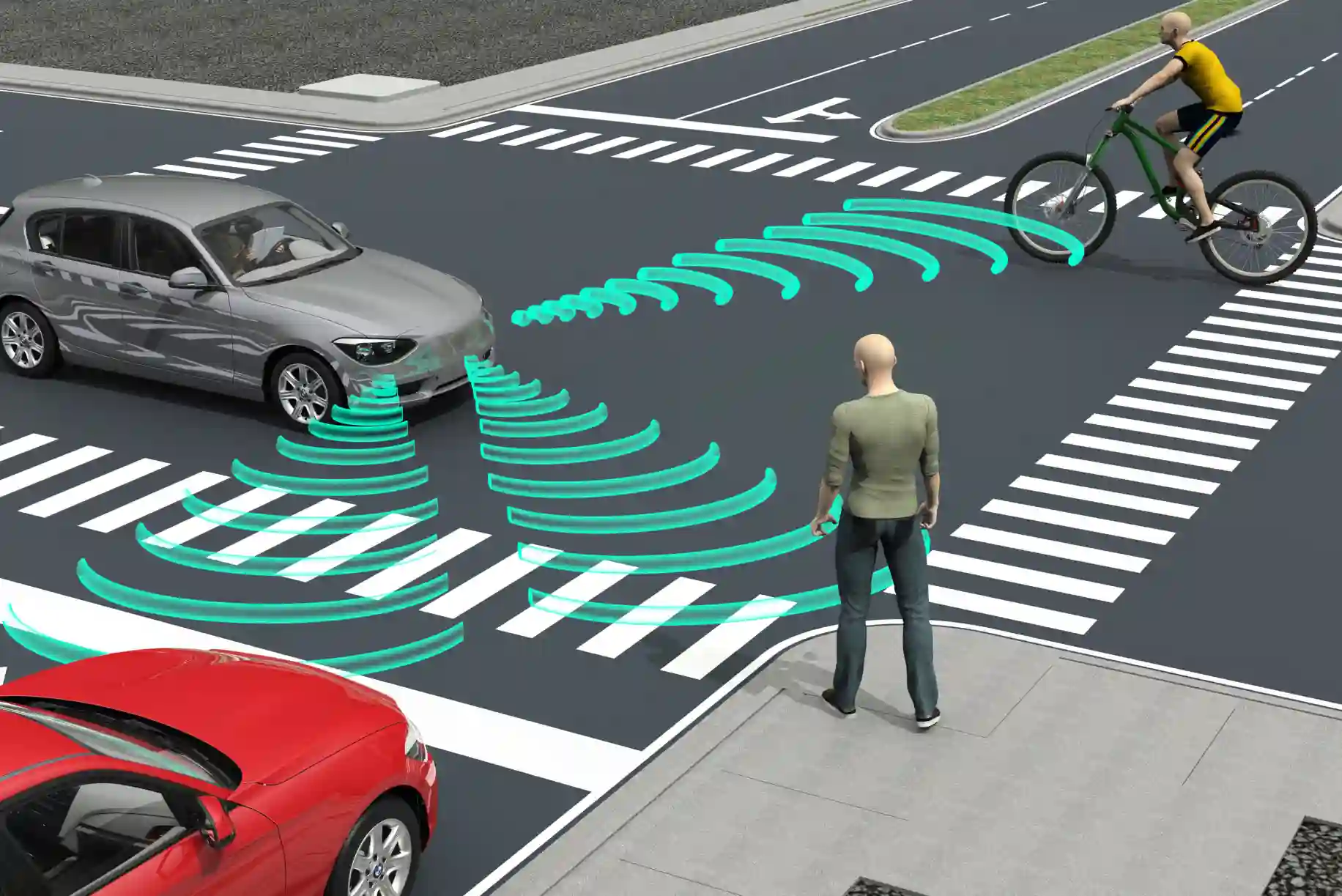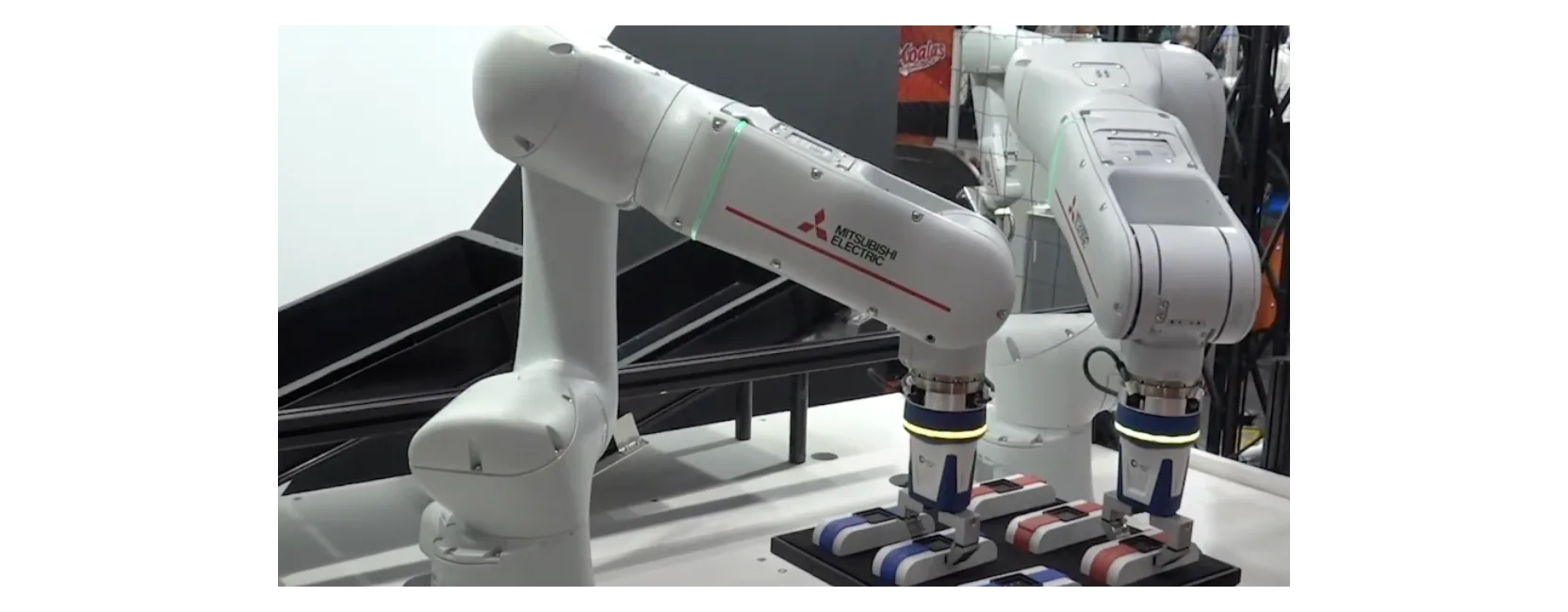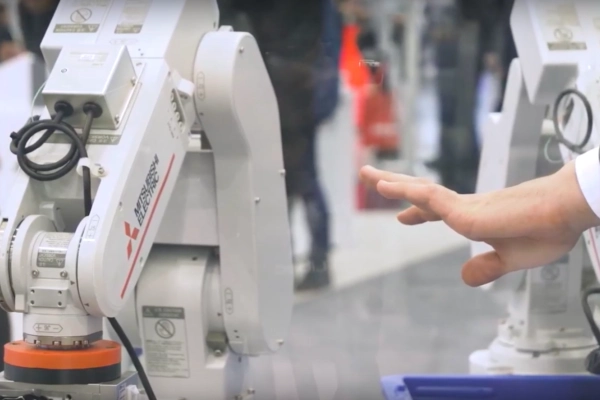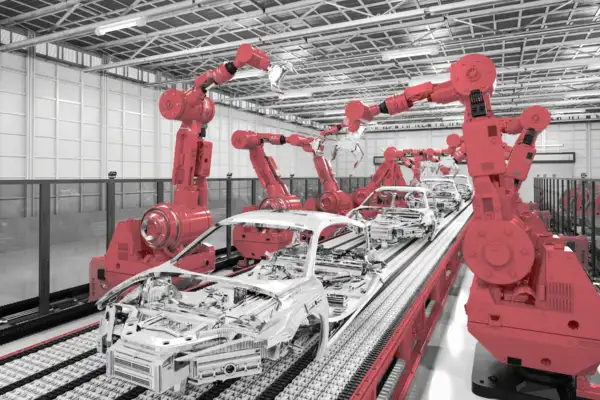BOSTON, July 19, 2018 (GLOBE NEWSWIRE) — Leaders of the Massachusetts innovation community gathered last night at Foley Hoag in Boston for a reception where the state’s leading technology industry association announced finalists for the 2018 Mass Tech Leadership Awards. The 15 award categories highlight the vitality, innovation and importance of the region’s internationally respected technology industry.
“Massachusetts is an innovation powerhouse. We develop and attract visionary leaders and cutting-edge companies that drive the growth of our economy,” said MassTLC CEO Tom Hopcroft. “From cybersecurity and machine learning to consumer tech and connected products, the Massachusetts Technology Leadership Awards draws attention to the deep pool of talent, innovative spirit and determination that thrives in the region.”
Finalists were selected from hundreds of nominations that were judged by panels of industry leaders in each of the 15 categories. The pool of finalists will be further narrowed during the coming weeks. Winners will be announced at the Mass Technology Leadership Awards Gala on October 3rd at Boston’s Seaport World Trade Center. More details, advance registration and sponsorship information are available at https://www.masstlc.org/leadership-awards/.
Finalists in each of the 15 categories include:
CEO of the Year
Mohamad Ali, Carbonite
Peter Bauer, Mimecast
Jamie Ellertson, Everbridge
Bill Wagner, LogMeIn
Mike Zani, The Predictive Index
CMO of the Year
John Bigay, iZotope
Gordon Burnes, Bullhorn
Norman Guadagno, Carbonite
Ed Macri, Wayfair
Lawrence Schwartz, SoftwareONE
CTO of the Year
Stephen Boyer, BitSight Technologies
Dan Bricklin, Alpha Software
David Lakatos, Formlabs
Bill Ledingham, Black Duck Software
Daniel Theobald, Vecna Robotics
Emerging Executive of the Year
Gerald Beuchelt, LogMeIn
Rob Gonzalez, Salsify
Jessica Meher, Notarize
Sunanda Patuasarthy, Wayfair
Jane Price, Interactions
Massachusetts Company of the Year
CarGurus
Everbridge
iRobot
LogMeIn
Wayfair
Massachusetts Emerging Company of the Year
BitSight Technologies
Cybereason
LevelUp
Flywire
Kyruus
Building a Better Workforce
HubSpot
FormLabs
Mimecast
The Predictive Index
Wellist
Influential Consumer Tech of the Year
Coravin for The Coravin Model Eleven
Cybereason for RansomFree
iZotope for Spire Studio
Sheprd for Sheprd
Root Robotics for Root
Machine Learning in Action
Crimson Hexagon for BrightView
Data Robot for DataRobot
Edgewise for Edgewise
Sophos for Intercept X
Spotify for “This Is” Playlists
Connected Product of the Year
Coravin for Coravin Model Eleven
Signify for Interact Landmark
Tive for Tive
Vesper for VM1010
Innovative Tech of the Year: Robotics
6 River Systems for Chuck
Ori for Ori
Realtime Robotics for Rapid Plan MPA
Waypoint Robotics for Vector
Vecna for Tote Retrieval System
Innovative Tech of the Year: Sales & Marketing
Allego for Allego
clypd for clypd
Crayon for Crayon
Interactions for Interactions Digital Roots
WEVO for WEVO Platform
Innovative Tech of the Year: Security
Appsulate for Appsulate
Edgewise for Edgewise
IBM Resilient for IBM Resilient
Mimecast for Mimecast Targeted Threat Protection
ThreatStack for Threat Stack Cloud SecOps
Cutting Edge Technology of the Year
Coravin for The Coravin Model Eleven
iZotope for Spire Studio
Formlabs for Form Cell
Markforged for Metal X
Vesper for VM1010
Technology for a Better Tomorrow
Clear Ballot for ClearVote
eMotionRX for EMotionRx
The Learning Corp for The Constant Therapy
LogicManager for LogicManager
Wolters Kluwer for UpToDate® Pathways
The full list of finalists and registration for the Mass Technology Leadership Awards Gala can be found here.
Awards Program Platinum Sponsors: Microsoft, Marsh & McLennan Agency, PwC, and Salesforce
About Massachusetts Technology Leadership Council, Inc.
With 500+ member companies, the Mass Technology Leadership Council (MassTLC) is the region’s leading technology association and the premier network for tech executives, entrepreneurs, investors and policy leaders. MassTLC’s purpose is to accelerate innovation by connecting people from across the technology landscape, providing access to industry-leading content and ideas and offering a platform for visibility for member companies and their interests. More at www.masstlc.org.
Media contact:
Sara Fraim
sara@masstlc.org
617-869-5425


